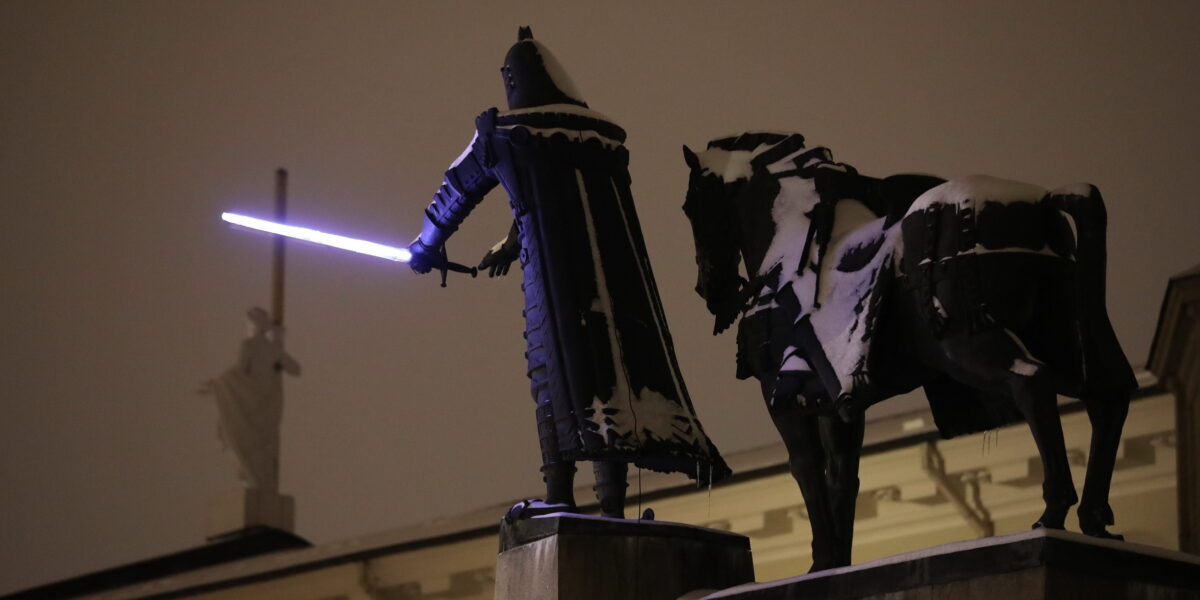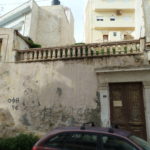Linking cultural heritage to smart specialisation
Promoting a better link between the heritage field and the smart specialisation strategies will be rather helpful to realise the full innovation potential of both heritage valorisation and heritage-led urban regeneration. Moreover, it will greatly expand the funding opportunities for this kind of projects. This has been the purpose of a systematic research carried out by TASO in the context of the ROCK project [Horizon 2020]. The analysis has evidenced that only a few of the RIS3/S3s underway have expressly considered cultural heritage in a way or another. Others regions prioritize tourism or culture-related domains, but mostly with an imprecise content, where the contribution of heritage to an innovation-led growth is not properly examined. Certainly, digitisation represents a main avenue in this regard, but it is so overarching that ultimately is not instrumental enough to best place heritage within S3 frameworks. Instead, a type of purpose-oriented categorisation of heritage-applied innovations and technologies could work better to that aim -e.g. Heritage Digital Storage & Preservation, Heritage Experience, Smart Heritage, Heritage Care, Heritage Resilience and Lighting and Visual Experiences. According to TASO, these main innovation trajectories could be addressed as dashboards to organize “entrepreneurial discovery” dynamics, with the aim to pave innovation-led pathways for cultural heritage.
Together with Eurocities, TASO organized the workshop Smart Specialisation and the Heritage City, at the 2019 European Week of Regions and Cities.



